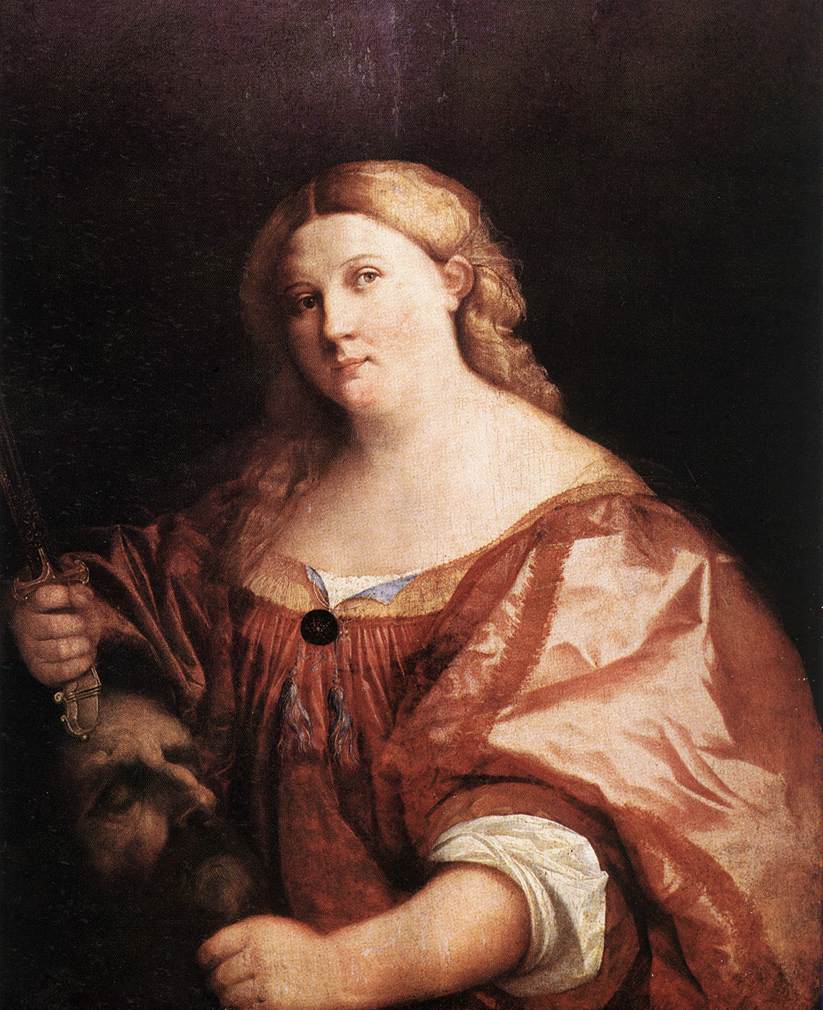Palma il Vecchio (1480 – 1528)
Get a Palma il Vecchio (1480 – 1528) Certificate of Authenticity for your painting (COA) for your Palma il Vecchio (1480 – 1528) drawing.
For all your Palma il Vecchio (1480 – 1528) artworks you need a Certificate of Authenticity (COA) in order to sell, to insure or to donate for a tax deduction.
Getting a Palma il Vecchio (1480 – 1528) Certificate of Authenticity (COA) is easy. Just send us photos and dimensions and tell us what you know about the origin or history of your Palma il Vecchio (1480 – 1528) painting or drawing.
If you want to sell your Palma il Vecchio (1480 – 1528) painting or drawing use our selling services. We offer Palma il Vecchio (1480 – 1528) selling help, selling advice, private treaty sales and full brokerage.
We have been authenticating Palma il Vecchio (1480 – 1528) and issuing certificates of authenticity since 2002. We are recognized Palma il Vecchio (1480 – 1528) experts and Palma il Vecchio (1480 – 1528) certified appraisers. We issue COAs and appraisals for all Palma il Vecchio (1480 – 1528) artworks.
Our Palma il Vecchio (1480 – 1528) paintings and drawings authentications are accepted and respected worldwide.
Each COA is backed by in-depth research and analysis authentication reports.
The Palma il Vecchio (1480 – 1528) certificates of authenticity we issue are based on solid, reliable and fully referenced art investigations, authentication research, analytical work and forensic studies.
We are available to examine your Palma il Vecchio (1480 – 1528) painting or drawing anywhere in the world.
You will generally receive your certificates of authenticity and authentication report within two weeks. Some complicated cases with difficult to research Palma il Vecchio (1480 – 1528) paintings or drawings take longer.
Our clients include Palma il Vecchio (1480 – 1528) collectors, investors, tax authorities, insurance adjusters, appraisers, valuers, auctioneers, Federal agencies and many law firms.
We perform Palma il Vecchio art authentication, appraisal, certificates of authenticity (COA), analysis, research, scientific tests, full art authentications. We will help you sell your Palma il Vecchio or we will sell it for you.

Palma il Vecchio born Jacopo Palma or known as Jacopo Negretti, was an Italian painter of the Venetian school born at Serina Alta near Bergamo. He is called Palma il Vecchio (Palma the Elder) to distinguish him from Palma il Giovane, his grand-nephew.

When Palma arrived in Venice early in the 16th century, he reputedly was a companion and competitor of Lorenzo Lotto, and to some extent a pupil of Titian. He may also have taught Bonifazio Pitati and influenced Giovanni Busi. Vecchio’s earlier works betray the influence of the Bellini. Vechhio’s work demonstrates superior richness of color, but he did not excel with regard to invention nor vigorous draughtsmanship.

His paintings frequently feature his (so-called) daughter Violante, of whom Titian was said to be enamoured. Famous works by Palma include a composition of six paintings in the Venetian church of Santa Maria Formosa, with St Barbara in the centre, under the dead Christ, and to right and left SS. Dominic, Sebastian, John Baptist and Anthony. A second work is in the Dresden Gallery, representing three sisters seated in the open air; it is frequently named The Three Graces. A third work, discovered in Venice in 1900, is a portrait supposed to represent Violante. Other leading examples are: the Last Supper in Santa Maria Mater Domini; a Madonna, in the church of San Stefano in Vicenza; the Epiphany, (Brera Gallery, Milan); the Holy Family with a young shepherd (Louvre, Paris), The Holy Family with St. Catherine, St. John and Donor (Beli Dvor, Belgrade), St Stephen and other Saints, Christ and the Widow of Nain and the Assumption of the Virgin, (Gallerie dell’Accademia, Venice), and Christ at Emmaus (Pitti Palace).

Reviews
1,217 global ratings
5 Star
4 Star
3 Star
2 Star
1 Star
Your evaluation is very important to us. Thank you.
